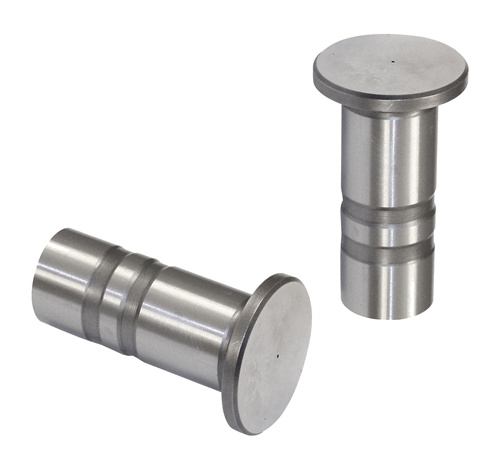Flat tappet engines and their oil requirements
It is easy to forget that not all modern race engines are double overhead camshaft, lightweight alloy wonders. There are still many series, notably in the US, that rely on the use of pushrod-actuated valvetrains and solid mechanical valve lifters, the most high profile of these being the NASCAR Cup championship.
This presents some unique challenges from a lubrication perspective, not least in the area of oil selection. Modern emissions legislation has seen the make-up of engine oils change considerably over recent years, with an ensuing unforeseen impact on the reliability of engines running solid lifter. This month I want to investigate these issues and the solutions devised to counter them.
Thanks to regulation changes by various legislating bodies, particularly the US Environmental Protection Agency, the quantities of ZDDP (zinc dialkyl dithiophosphate) used in most engine oils has been restricted. The intention behind such legislation is to protect emissions-reducing components such as catalytic converters, which can be damaged by the inclusion of such additives. However, the reduction in ZDDP has had an unforeseen impact on racers running so-called ‘flat tappet’ race engines, ranging from NASCAR Cup racers to Californian drag racers running air-cooled VW engines.
ZDDPs are a family of coordination compounds, originally developed by Castrol, that feature zinc bound to the anion of dithiophosphoric acid. These uncharged compounds are not salts; they are soluble in non-polar solvents, and the longer-chain derivatives dissolve easily in the mineral and synthetic oils used as lubricants. It is important to remember that in boundary lubrication, surface asperities make contact with each other even though the lubricant supports much of the load. The level of friction is determined by the shearing forces necessary to cleave these adhering asperities, and wear and friction can be reduced through the use of additives that reduce this contact.
In most modern engines, whether for road or race use, the loss of ZDDP is not a major problem. These engines feature overhead camshaft designs that do not experience the same boundary lubrication issues at the cam lobe-lifter interface as old-fashioned pushrod V8s, which often feature solid flat tappets [Fig. 1]. Compared to engines that use roller or hydraulic lifters, the loadings at the point of contact between a flat tappet and the camshaft lobe are exceptionally high, so there is a greater need for additives in the oil to help protect them. Over the years, ZDDP has proved to be the perfect solution here, and thus its removal from most motor oils caught some racers by surprise. Suddenly they were starting to experience previously unseen problems, particularly excessive wear of cam lobes.
To counter these problems, several oil manufacturers started producing specialist oils for motorsport use, with substantial ZDDP content. However, it is worth noting that not all zinc (ZDDP) additives are the same. ZDDP does not begin to be effective until it is subject to heat and loading and, depending on the exact formulation used, different additive packages react at varying levels of heat and load.
ZDDP also has different ‘burn’ rates. Some zinc additives have slower burn rates that require more heat and load to activate than others. With this in mind, several manufacturers of engine break-in oils make a point of using ZDDP formulations that activate at relatively low heat and load levels, providing the maximum possible protection for components when they are at their most vulnerable.

Fig. 1 - A solid valve lifter, often referred to as a flat tappet, in this case from a VW air-cooled engine used for drag racing
Written by Lawrence Butcher